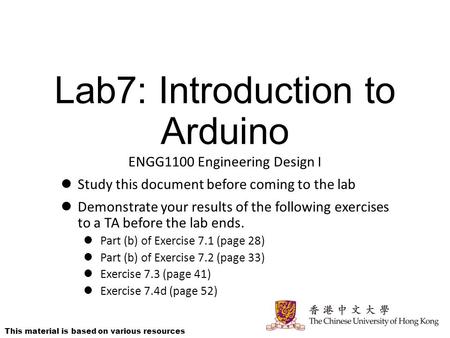

Each of the boards is a full Arduino board programmable using the Arduino IDE.
Robotc arduino how to#
The Motor Board controls the motors, and the Control Board reads sensors and decides how to operate. The robot has two processors, one on each of its two boards. you need to download firmware before you can communicate with RobotC (as expected). The Arduino Robot is the first official Arduino on wheels.


(a little bit later) That was interesting …. 2: Block Diagram of Mobile operated Arduino Robot. Maybe an option to customise your own shield pin allocations ?Īt the end of the day this first exercise was much easier (simple motor controls in a timed sequence with speed control) than using the standard Arduino approach and looks pretty cool The Arduino build does not have I2C support in the firmware yet. I’m part of the ROBOTC for Arduino test group, which has been a lot of fun.
Robotc arduino driver#
After spending two hours working on the changelog for the upcoming release of my driver suite, I thought I’d go play with something that was a bit more fun. The writeDebugStream function writes a string, passed as an argument to the function, to the debug stream while the writeDebugStreamLine function writes the. Bit Banged I2C Master on ROBOTC for Arduino. The shields selection option is via the motors/sensors setup menu and only covers a limited variety of shields at this stage but looks promising for the future. Now use the predefined ROBOTC functions- writeDebugStream() and writeDebugStreamLine() in your program to print out a message or the current value of a variable, in the debug stream window. Luckily this shield is readily hackable as it uses D12 and D13 for motor direction (conflict with I2C) This was impressive as I was testing a Freetronics Eleven (UNO copy) and the Rugged Circuits heavy duty motor driver shield (up to 30V 2.8A beast of a thing). Wir können nicht garantieren, dass der kostenlose Download verfügbar ist.
Robotc arduino serial#
Placing the write statement inside "void loop()" gives the ability to change to a new position value every time the loop repeats based on sensor input, math calculations or commands received via the arduino's serial port/USB/UART pins.The good news is that I wrote a simple program driving a couple of motors and after the usual playing around it actually worked ! konnte von der Webseite des Entwicklers heruntergeladen werden, als wir das letzte Mal gecheckt haben. Placing this inside the "void setup()" function stets the servo position on start up or reset and will not allow you change the position value after that. The track consists of an oval black line and. However, we cannot get the robot to stop on the finish line.

The robot follows the Line fairly well but I’m sure we could improve the code. " myservo.write(90)" Write this and choose the angular servo position (0 thru 180) that you want to move the servo motor shaft to. Introduction: A group of us ordered a Line Following Robot from SparkFun and made some adjustments to existing code because all we need the robot to do is 1.) Follow the Line 2.) Stop on the Finish Line.Place the attach statement inside the "void setup()" function. " myservo.attach(2)" Write this and choose the digital pin (2 thru 13) that you want to use to send the control signal to the servo.in the examples we use the variable name of "myservo" " Servo myservo" Write this to assign a variable name to the Servo object." #include " Write this at the top of your sketch before the "void setup()" function.Four steps to access and use the standard arduino servo library in your sketch code:


 0 kommentar(er)
0 kommentar(er)
